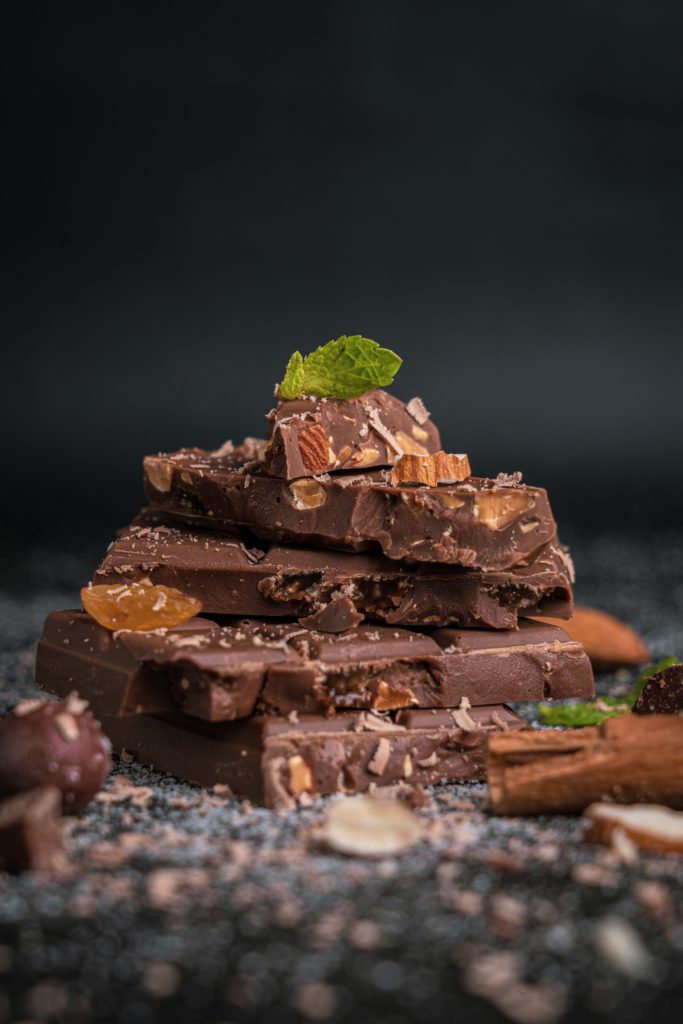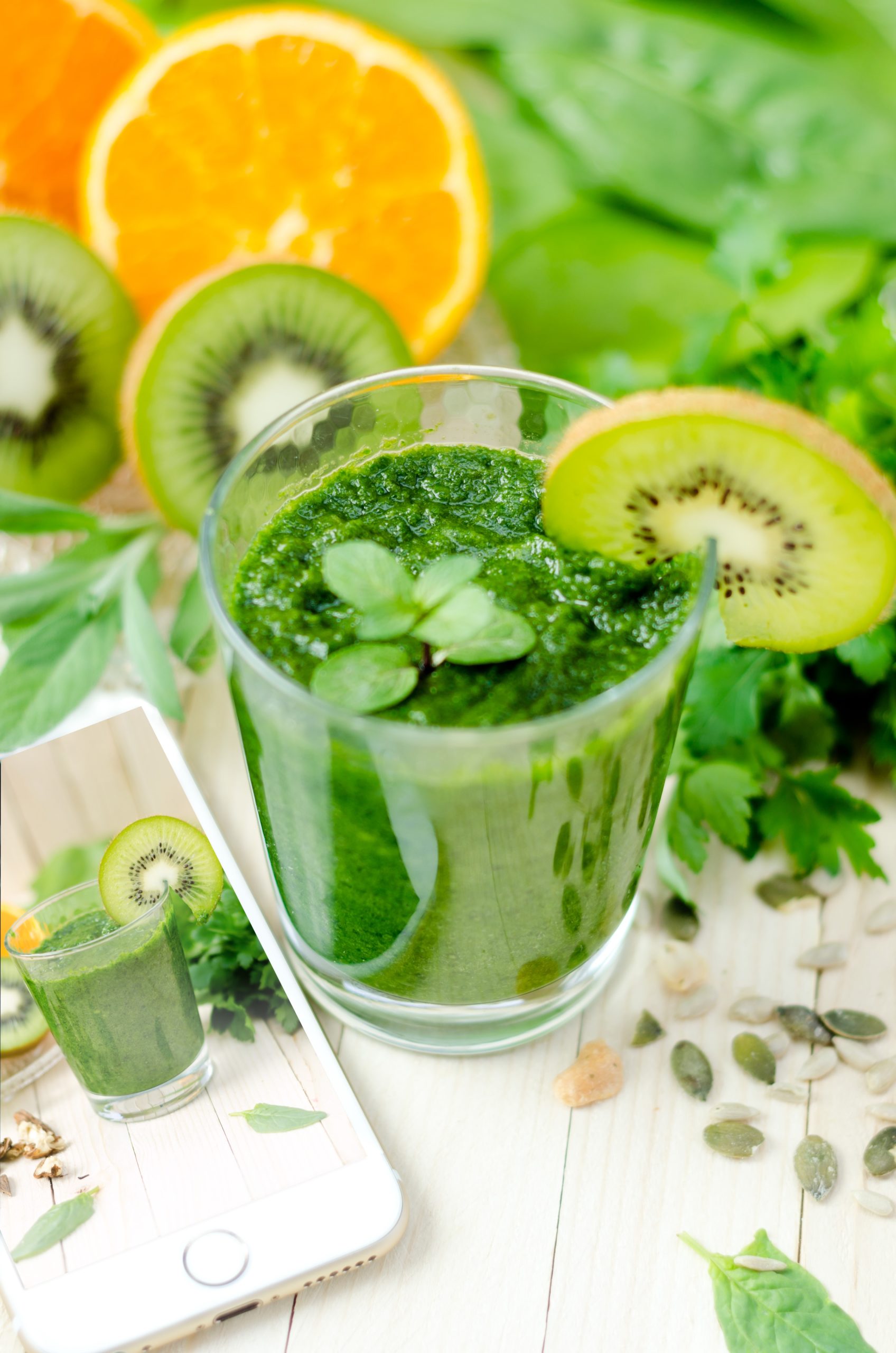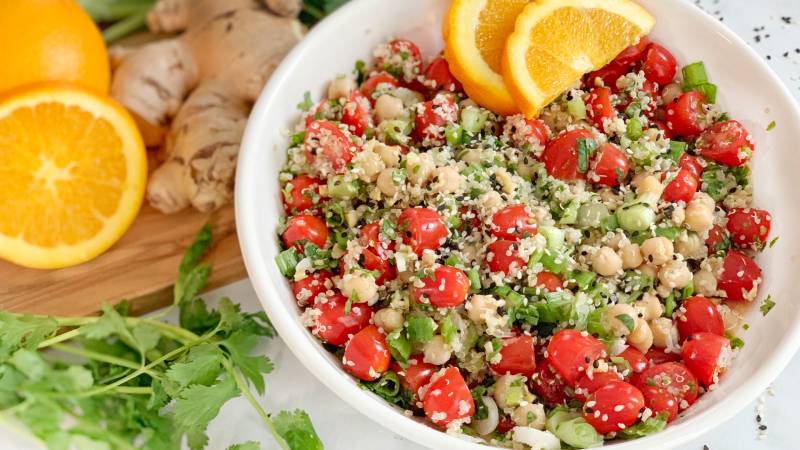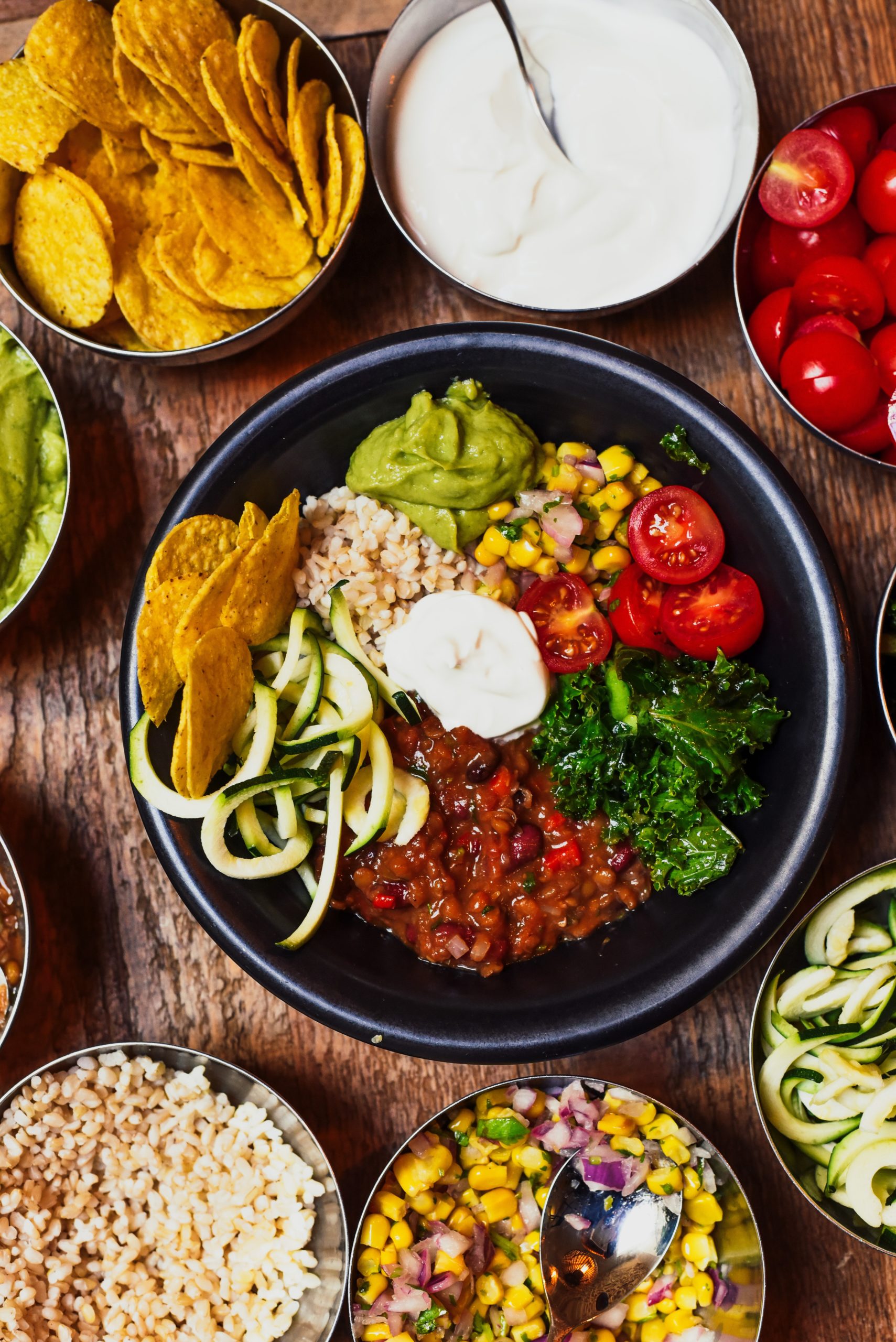Chocolate Naughty But Nice
White, dark, milky, smooth, nutty, fruity, describes how you like, but what is it about chocolate that we really like?
Millions of us indulge ourselves for various occasions dedicated to its enjoyment like Easter, Valentine’s Day or to celebrate an event. Another reason we may use for devouring chocolate is the health benefits of eating chocolate.
Do we need additional reasons to consume chocolate and is chocolate really healthy for us?
Why do so many of us crave chocolate?
Chocolate smells good, tastes good and it melts in the mouth, turning from a solid sweet into a sensuous liquid on our tongue. And then there are a range of human chemicals that offer feel good sensations as our brain releases Dopamine. Dopamine is released whenever you experience a positive emotion such as a burst of laughter or being paid a compliment. These triggers of the pleasurable experiences are stored in our memory and dopamine signals are released whenever we encounter these prompts again. Therefore, the smell, taste and feel of chocolate can lead to a mouth-watering anticipation of eating chocolate.
Chocolate comes with benefits
The main ingredient of chocolate is cacao (cocoa) which is derived from Theobroma Cacao beans. Theobromines (food of the gods) can increase heart rate and brings about the feelings of arousal. In addition to the theobromines, cacao also contains phenylethylamine a chemical we create naturally when we’re excited. It causes our pulse rate to quicken, resulting in feelings of excitement. Furthermore, cacao contains iron, antioxidants, zinc, copper, calcium and magnesium. Magnesium helps to build strong bones and is a muscle relaxant associated with feelings of calmness.
Is chocolate good for me?
For thousands of years chocolate has been enjoyed as a drink in South America and became popular withEuropeans in the 17th century. Due to the cacao’s taste being described as nasty with a bitter, chalky taste the Europeans decided to add butterfat, sugar and milk to transform it to today’s commercial chocolate. Milk contains tryptophan that is converted in brain to serotonin. This brain chemical is associated enhancing mood and promoting sleep. Finally, the sugar in chocolate provides a quick energy rush and also helps with the absorption the tryptophan. It’s tempting to swallow chocolate’s supposed benefits, however, the inclusive of the butterfat, milk and sugar to cacao actually dilutes the benefits of the previously mentioned health properties of cacao.
But what about dark chocolate?
Studies have shown that regularly eating of dark chocolate with 70-85% cocoa may reduce hypertension (high blood pressure) and improve blood flow due to the content of flavanols in dark chocolate. Flavanols are known to stimulate the lining of arteries, and produce Nitric Oxide gas which transmits signals to the arteries to relax, which lowers resistance to blood flow and therefore reduces blood pressure. This mechanism can also help blood flow to the brain and improve brain function, prevent the build-up of the bad LDL cholesterol and thus reduce the risk of cardiovascular disease.
This isn’t the green light to conquer a dark chocolate mountain. Although dark chocolate isn’t loaded with as much sugar and fats as milk chocolate, a 100g bar can still contain up to 600 calories. In order to burn this energy, a 50-year-old chocolate lover would need to briskly walk for 45–55 minutes.
Take Home Message
There is no such thing as healthy commercial chocolate due to the amount of sugar and fat they contain. If you are eating chocolate for the perceived health benefits, there are other foods (beans, pulses, fruit and vegetables) which you can obtain the previously mentioned nutrients without the extras. If you are eating chocolate as a celebration or just the delicious taste, try to eat it in moderation. If you eating chocolate as a means of feeling good, it can be difficult to control how much you eat. Instead, try to obtain pleasurable feelings in other activities or hobbies.
Dark chocolate has been widely praised for its antioxidant potential, improving, cognitive function and reducing the risk of cardiovascular problems. In addition, it generally contains less sugar, with more cocoa solids and cocoa butter than milk chocolate, but the amount of flavonoids depends on how the chocolate is processed, so it’s not always necessarily better. During the manufacturing process additional ingredients such as emulsifiers and sugars can almost completely remove flavonoids from the dark chocolate.
Enjoy your chocolate for whatever reason you eat it, but remember too much chocolate will make your clothes shrink!

More
articles
It is crucial that healthy eating is maintained during exam time. The stress and lack of spare time can often result in bad food choices such as fast food and energy drinks that can be detrimental to your studies as they can leave you feeling sluggish and tired.
Following these simple steps can you achieve your maximum potential!
Don’t skip meals!
Keeping a steady supply of energy helps keep up your levels of concentration. Although being one of the smallest organs in your body- your brain uses 20% of your energy so it’s highly important to eat regularly.
After waking your body hasn’t had any food for several hours so breakfast is crucial as it gives your body the energy it needs to start the day.
Little planning and consideration are all it takes to help maintain healthy eating through the day.
While time is precious- choose healthy meals that are quick!
The key to healthy eating is balance, as there’s no single food that can provide you with all the essential nutrients.
During exam time this can often be overlooked as you may turn to fast foods or highly processed convenience foods with little or no nutritional value.
Here are some basic, easy meal plan ideas to get you through this busy period:
Breakfast Ideas:
Always start with a glass of water and a small glass of fresh fruit juice.
–Our Oaty Fruit Rumbler
-Wholemeal toast topped with tinned tomatoes or beans.
-Wholegrain cereal with honey and frozen berries.
-Wholemeal toast with boiled or scrambled eggs followed by a piece of fruit.
-Porridge with chopped banana and honey.
Lunch Ideas:
–Quick butternut squash, carrot and sweet potato soup
-Jacket sweet potato with baked beans and cheese.
-Smashed avocado and cherry tomatoes on wholemeal toast.
-Vegetable stir fry with a protein source such as tofu or chicken.
Dinner ideas:
-Veggie omelette with a side salad and wholemeal bread.
–Wholemeal pasta with a hidden veg tomato sauce and cheese.
-Homemade pizza with mozzarella and veggies served with potato wedges.
Healthy Snacks:
–Honey and oat energy balls.
-Mixed nuts with blueberries, raspberries, dark chocolate chips.
-Grapes with apple chunks.
-Veggies such as peppers, cucumber, carrot or celery sticks paired with a dip such as hummus, cottage cheese topped with chilli flakes or homemade guacamole.
Stay hydrated, aim for at least 8-10 glasses of water per day
Dehydration can make you feel irritable and tired. Worst of all, it highly affects your concentration which can be detrimental at exam time. Keep a bottle of water with you at all times.
Try to reduce your consumption of caffeinated drinks eg. tea, coffee and of course energy drinks. Excess caffeine can upset our blood sugars which can affect your concentration levels, disrupt your sleep pattern and cause mood highs/lows.
Top tips:
-Frozen smoothie packs are affordable and nutritious!
-Tinned, dried and frozen veg all count towards your 5 a day.
-Turn off devices that will distract your studies.
-Adequate sleep is essential to keep your body functioning properly.


